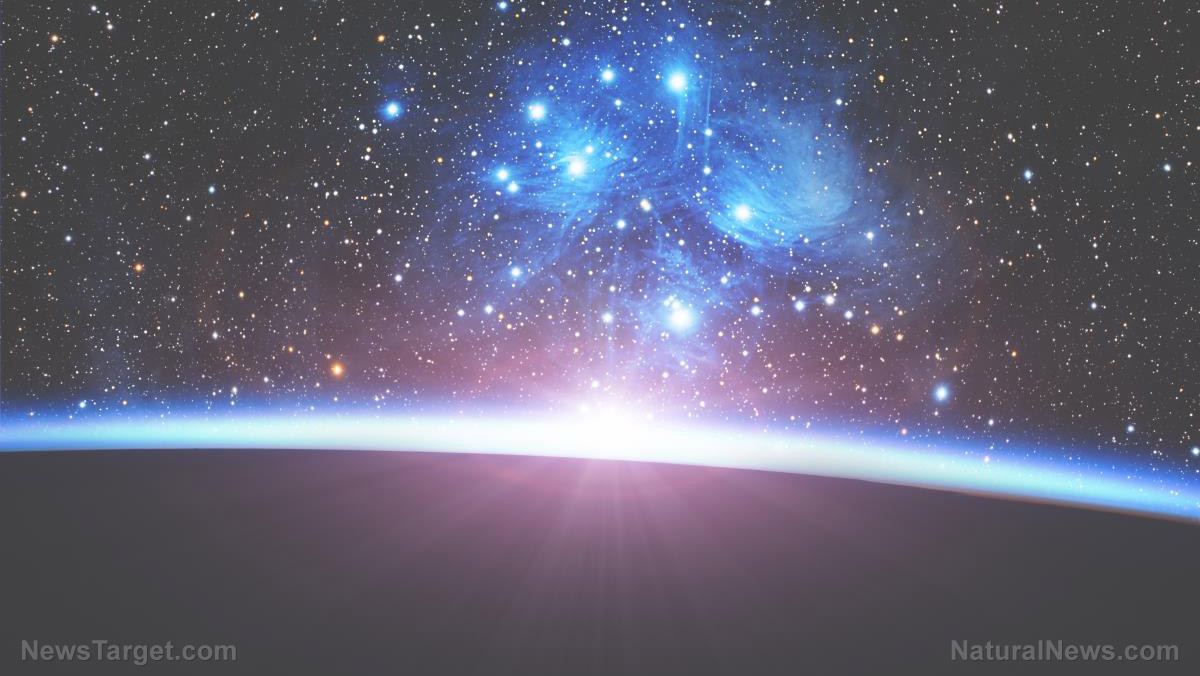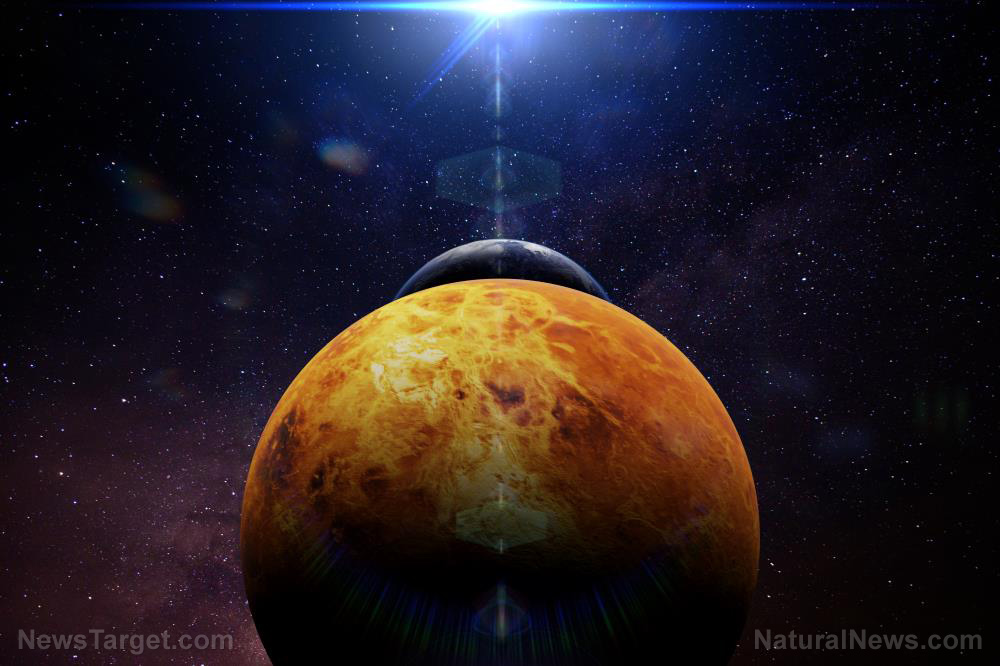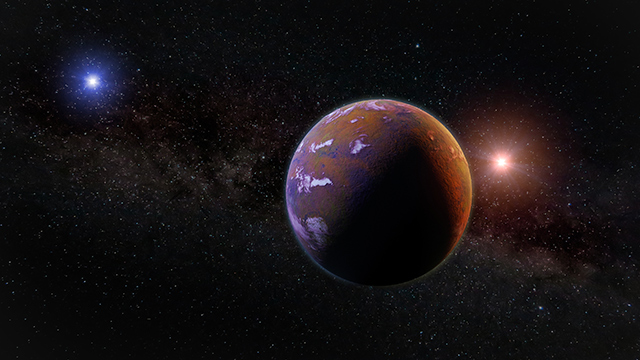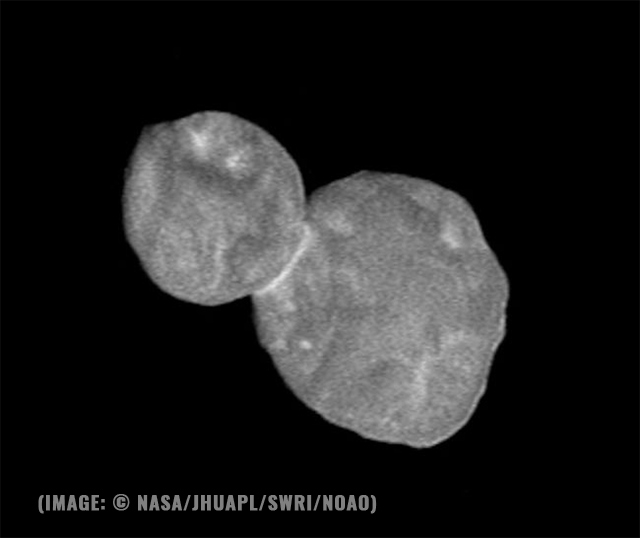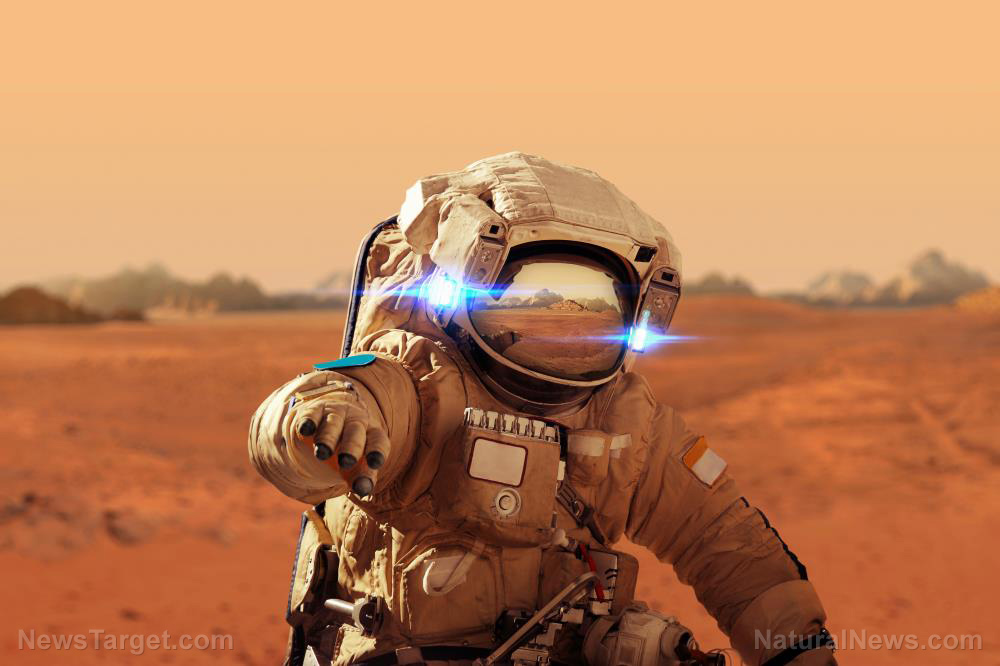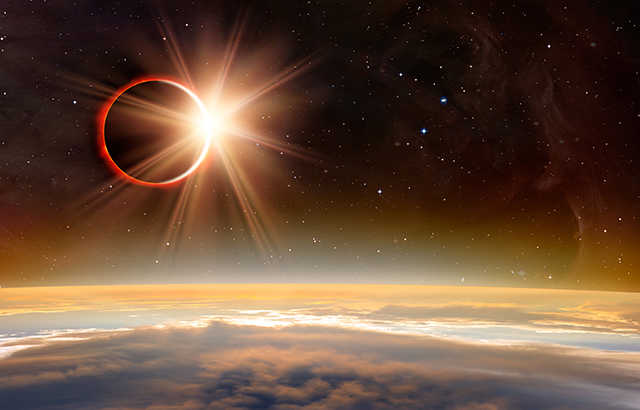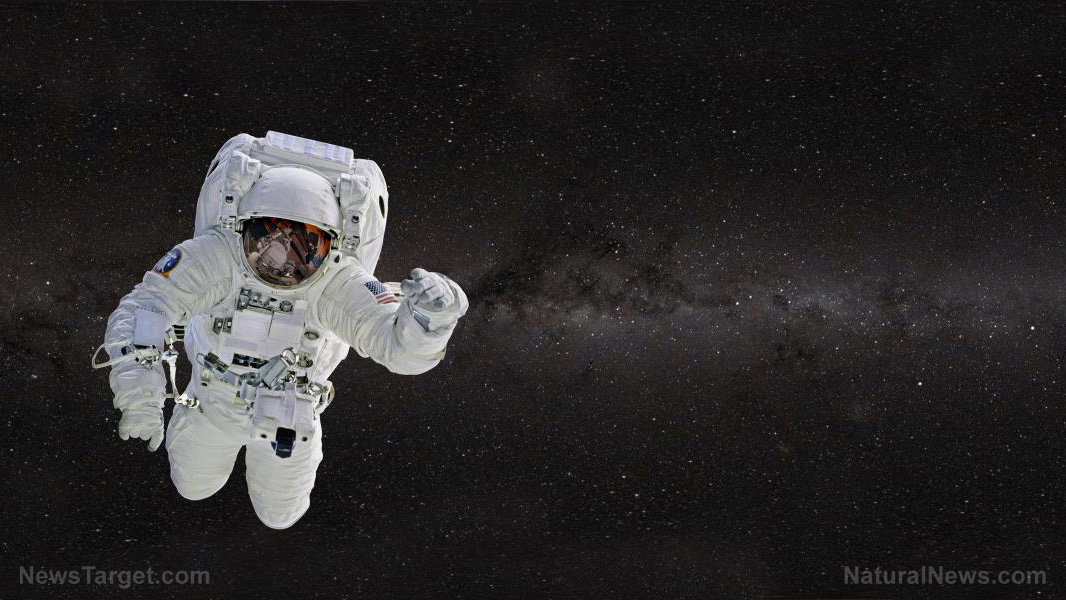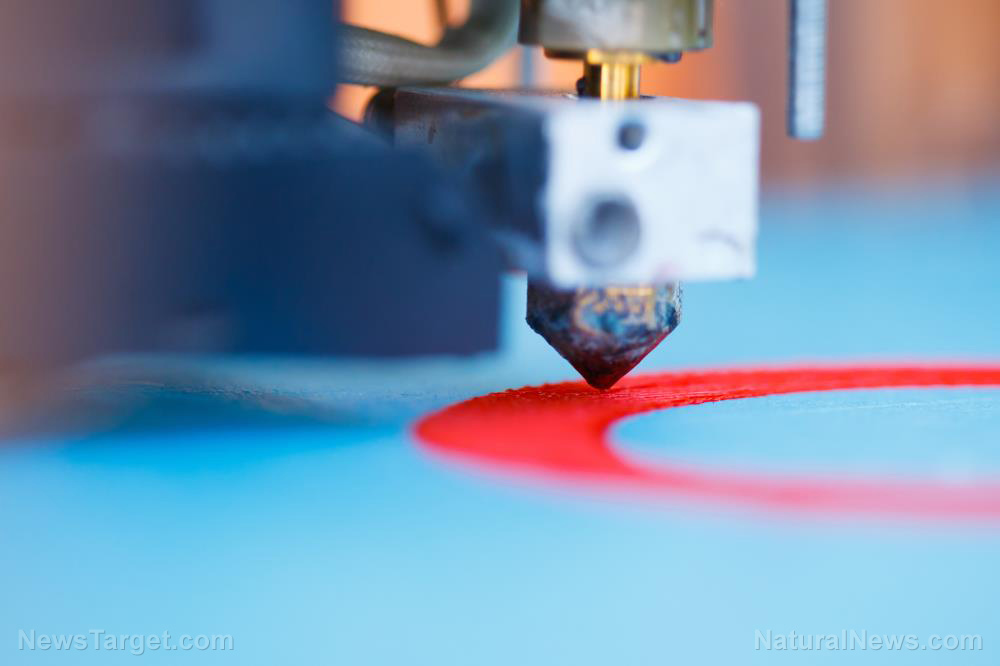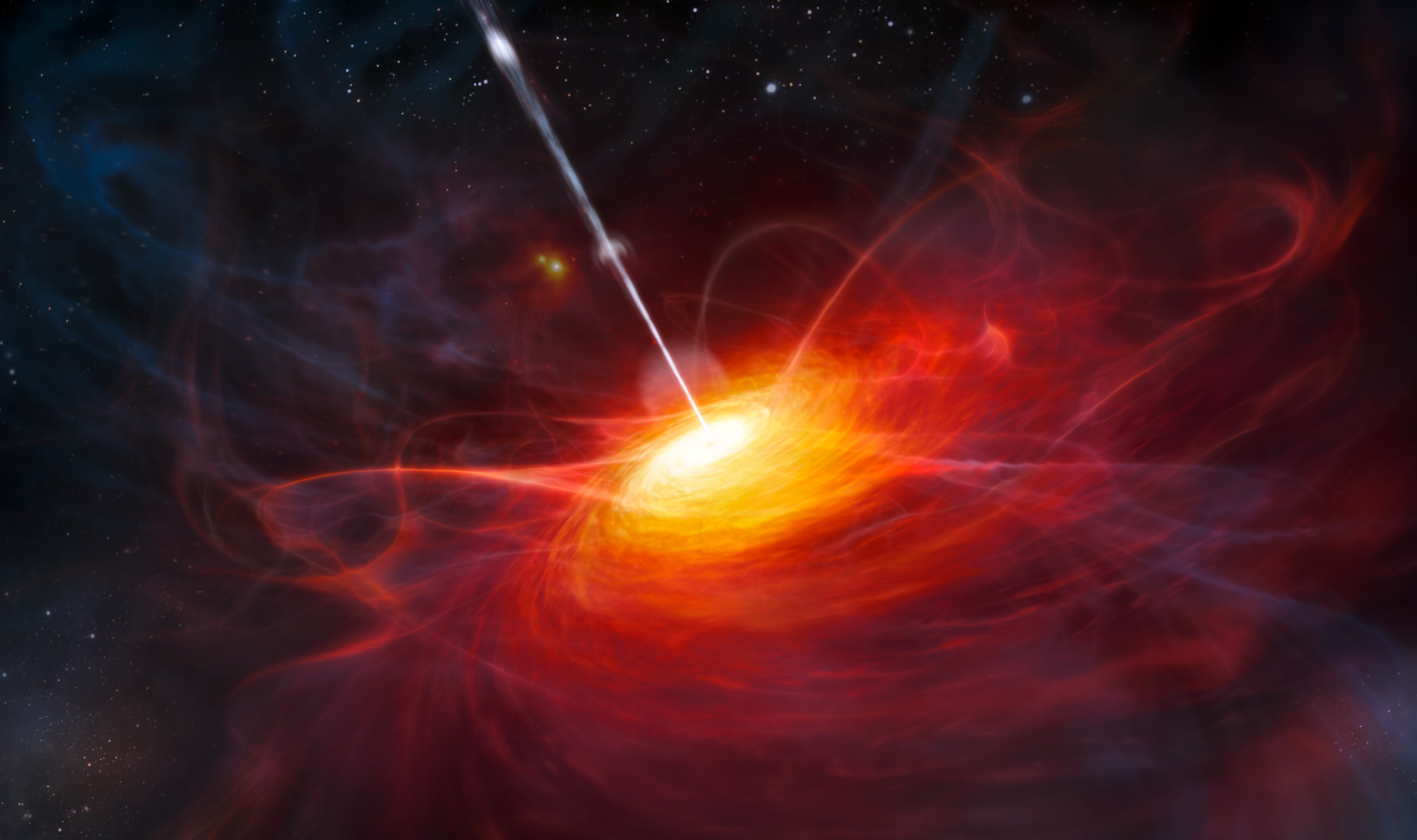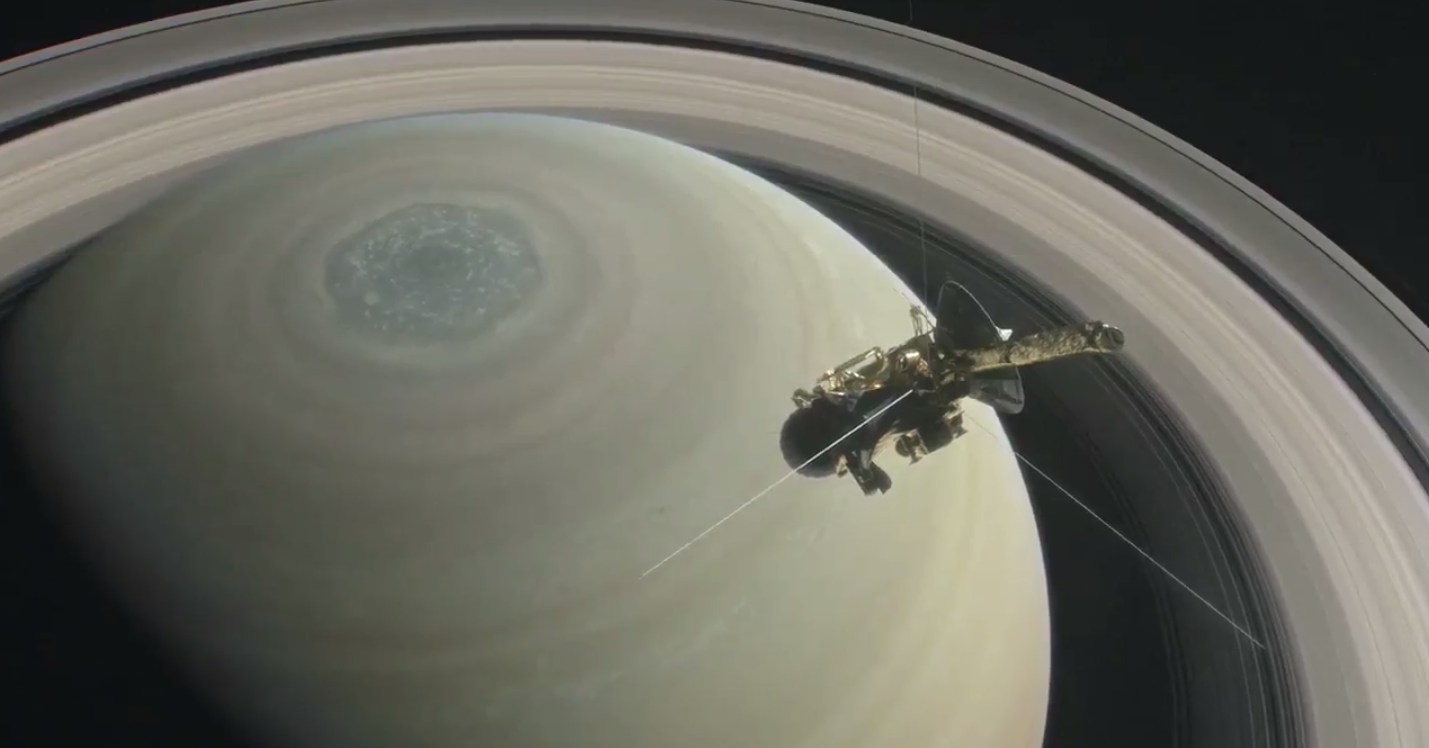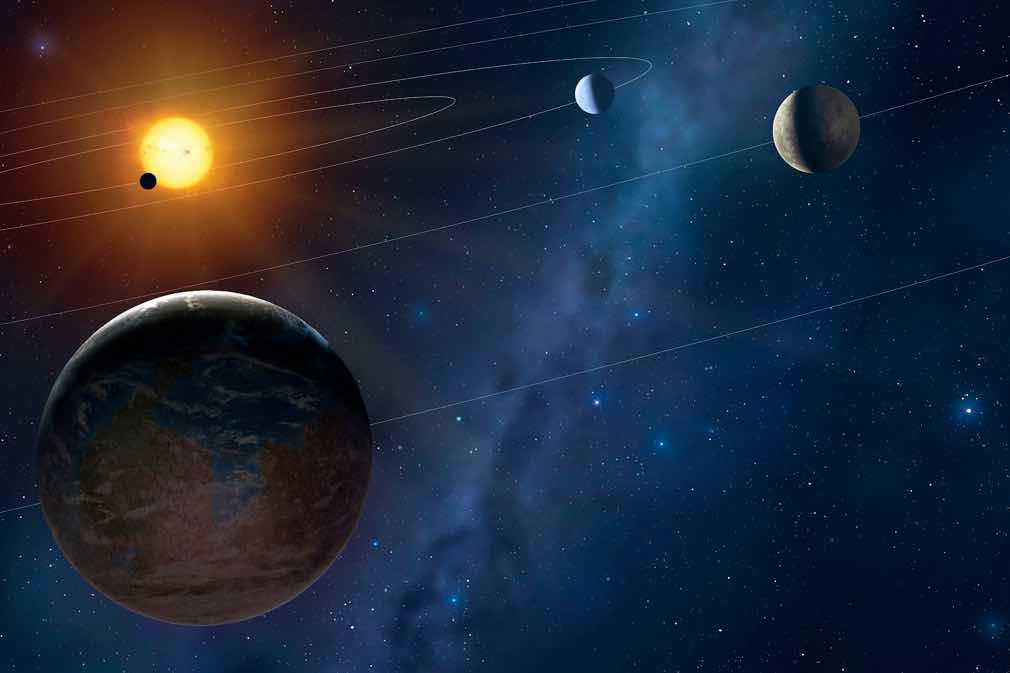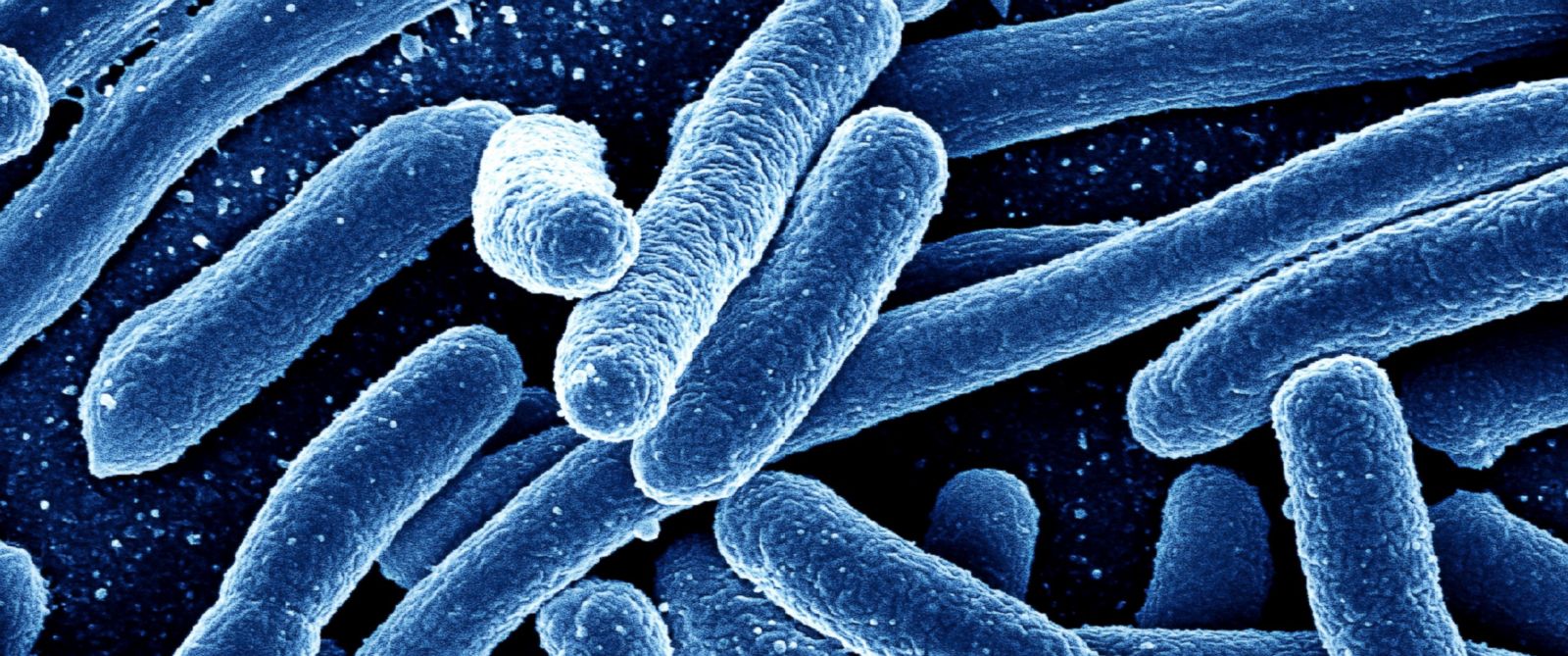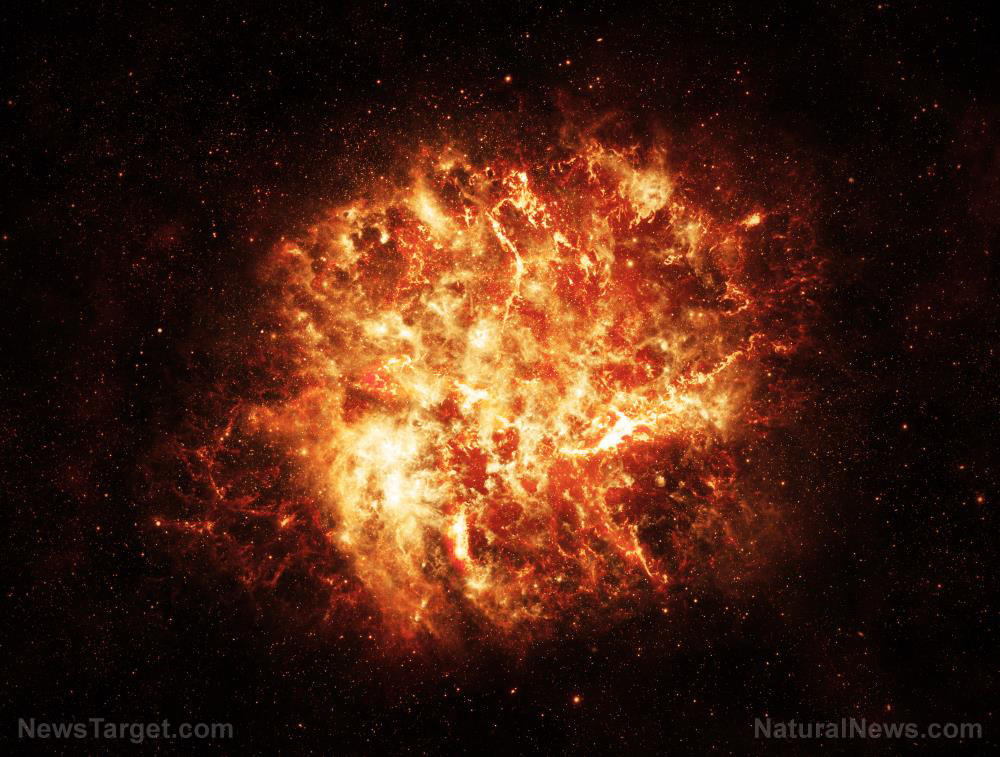Scientists determine that planets revolving around red dwarf stars cannot support life
03/23/2019 / By Edsel Cook
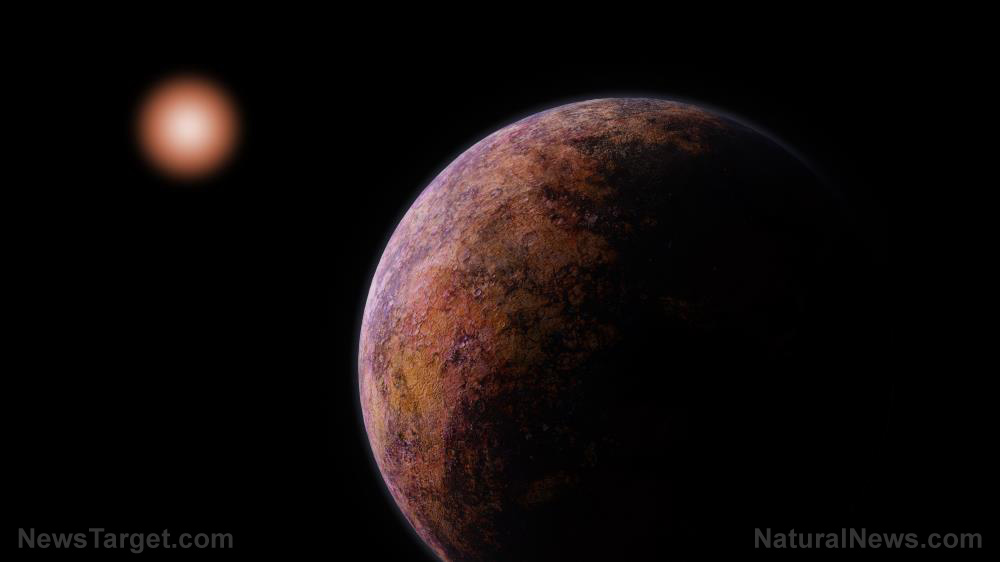
The next time researchers talk about discovering a new planet around a red dwarf star, remember that the said planet is probably uninhabitable. A new NASA study suggests that the organic material and water needed to form life will never reach the surface of newborn planets.
The theory comes from observations of the circumstellar disk that surrounds the young red dwarf star AU Microscopii. The dust and gas in that spinning disk will eventually turn into planets.
However, icy material is being ejected from the disk at a very fast rate. At this rate, it will lose all of the frozen water before asteroids and comets finally form. These space rocks are believed to bring organic materials and water to rocky planets. If there is no ice available, a young planet will remain forever parched for life-giving water.
On top of this, young red dwarf stars like AU Microscopii emit a lot of ultraviolet light. The radiation blows away the atmosphere of nearby planets, making the latter even more uninhabitable. (Related: Astronomers find strong evidence of a frigid alien world just 6 light years away from the sun.)
The disks around red dwarf stars might lose their ice content much earlier than expected
Imagery from space and ground instruments show that blobs of material are plowing through the circumstellar disk around AU Microscopii at very high speeds. These blobs are forcing smaller, lighter materials like water out of the star system.
“These observations suggest that water-bearing planets might be rare around red dwarfs because all the smaller bodies transporting water and organics are blown out as the disk is excavated,” said researcher Carol Grady.
Researchers believe that the fast-moving blobs were ejected by the star itself. Other young red dwarf stars are known to display similarly forceful activity.
The NASA-led research team determined that each blob measures only a fraction of the mass of Earth. In comparison, the circumstellar disk itself has around 1.7 times the mass of our home world.
Despite their tiny mass, the diameter of the smallest blob is the same as the vast distance between the Sun and Jupiter. Researchers have spotted half a dozen of them so far, and AU Microscopii might be expelling more at a steady rate.
A group of such blobs can deplete the contents of the circumstellar disk much quicker than expected. That will stop the formation of small icy bodies like asteroids and comets that normally bring water to the inner planets.
Rocky exoplanets around red dwarf stars are likely to be dry and airless
Researchers report that the blobs are found on the southeastern part of the disk at distances ranging from 930 million to 5.5 billion miles away from AU Microscopii. Their movement speed ranges from 9,000 miles per hour to 27,000 miles per hour, which is fast enough to escape the gravitational field of the star.
Furthermore, visible-light images of the blobs indicate that the blobs are more complex than originally thought. At least one blob is made of a cap-like structure that rises above the plane of the disk and a complicated structure of loops down below.
Found just 32 light-years away from Earth, AU Microscopii is the closest red dwarf star known to have a circumstellar disk. The other stars are much farther off. However, researchers think they have found similarities between the behavior of AU Microscopii and those other stars – and by extension, all other red dwarfs.
“What we have learned is that disks seem to be a normal part of the history of planetary systems,” concluded Grady. “If you don’t understand a star’s disk, you don’t have a good understanding of the resulting planetary system.”
Sources include:
Tagged Under: astronomy, AU Microscopii, breakthrough, discoveries, exoplanet, habitable planets, NASA, outer space, red dwarf star, science, Space, space exploration

